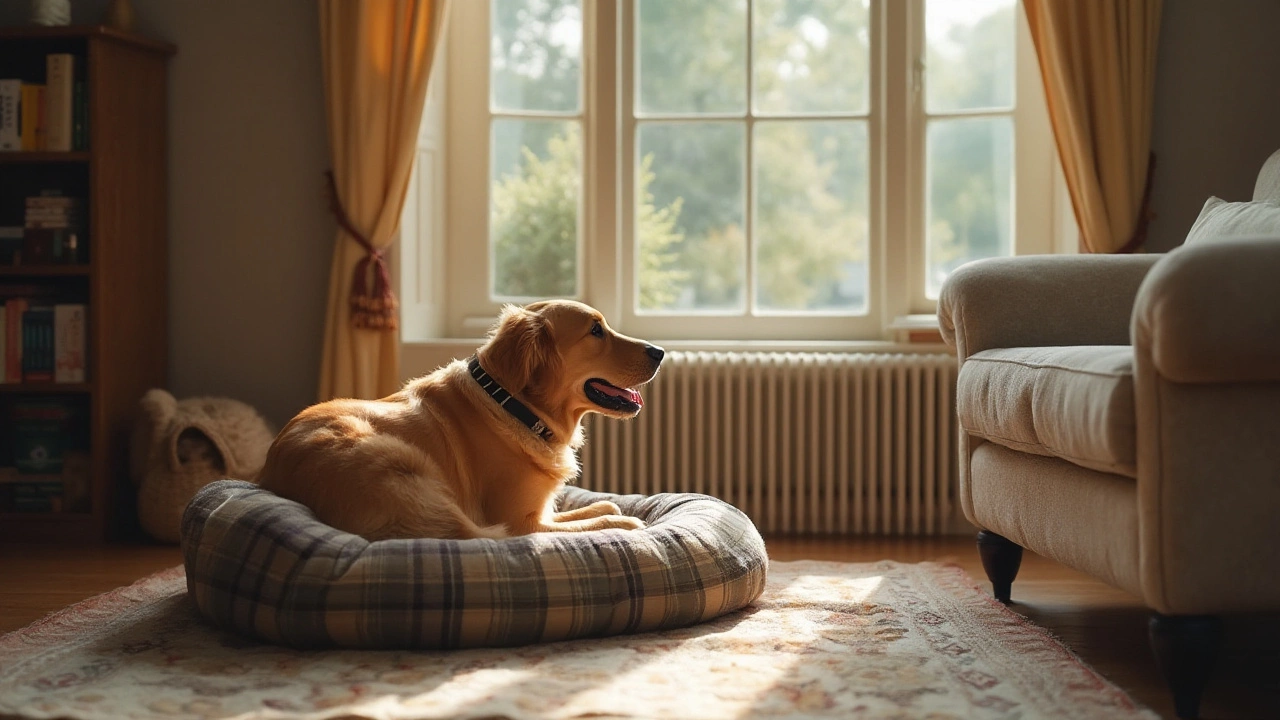Dog Calming Collars – What They Are and How to Pick One
Feeling like your dog gets nervous on car rides, fireworks, or new places? A calming collar can be a simple tool that eases those jitters without medication. These collars work by using scents, gentle pressure, or soft vibrations to help your dog stay relaxed. Below is a straightforward guide to the main types and the best ways to use them.
Types of Calming Collars
Pheromone collars release a synthetic version of the calming scent dogs naturally produce when they feel safe. You usually slip the collar on and let it work for a few days. It’s low‑maintenance, but the scent fades over time, so you’ll need to replace it every few weeks.
Pressure or “thundershirt” style collars apply gentle, constant pressure around the neck or torso. The feeling is similar to a hug and can calm dogs during thunderstorms or vet visits. Look for a model with adjustable straps to avoid chafing.
Vibration collars send a soft buzz when your dog shows signs of stress. They’re useful if you want a cue that you can turn on or off, but make sure the vibration level is low enough not to startle your pet.
Tips for Using a Calming Collar Safely
First, check the size. A collar that’s too tight can irritate the skin, while one that’s too loose may slip off. Measure around your dog’s neck and follow the manufacturer’s sizing chart.
Second, give your dog a few minutes to adjust. Some pups may scratch at the collar at first, but most get used to it within a day. If the irritation continues, remove it and try a different style.
Third, combine the collar with other calm‑down strategies. A short walk, a favorite chew toy, or a calm voice can boost the collar’s effect. Remember, the collar isn’t a magic fix; it works best as part of a broader routine.
Fourth, watch for signs of overheating, especially with pressure collars. If your dog pant heavily or seems uncomfortable, take the collar off and let them cool down.
Finally, replace the collar according to the brand’s instructions. Pheromone collars lose potency after a few weeks, and worn‑out straps can become unsafe.
When you pick a calming collar, think about your dog’s specific triggers. If fireworks are the main issue, a pheromone collar might be enough. For longer stress periods like trips to the vet, a pressure collar could be more effective. Test a couple of options if you’re unsure, and keep an eye on how your dog reacts.
In short, a calming collar is a handy, non‑invasive way to help your dog stay steady during stressful moments. By choosing the right type, fitting it correctly, and pairing it with gentle training, you give your pup a better chance to relax and enjoy life. Happy, calm dogs mean happier owners, too.
- Morgan Ainsworth
- 0 Comments
Exploring the Efficacy of Calming Collars for Dogs
Calming collars for dogs are marketed as a solution for reducing anxiety and stress in canines. Pet owners often seek these collars with hopes of easing behaviors like excessive barking or restlessness. But do they genuinely work, or are they just another gimmick? This article delves into the science behind calming collars, reviews their benefits and limitations, and offers helpful tips for addressing dog anxiety.
View More
